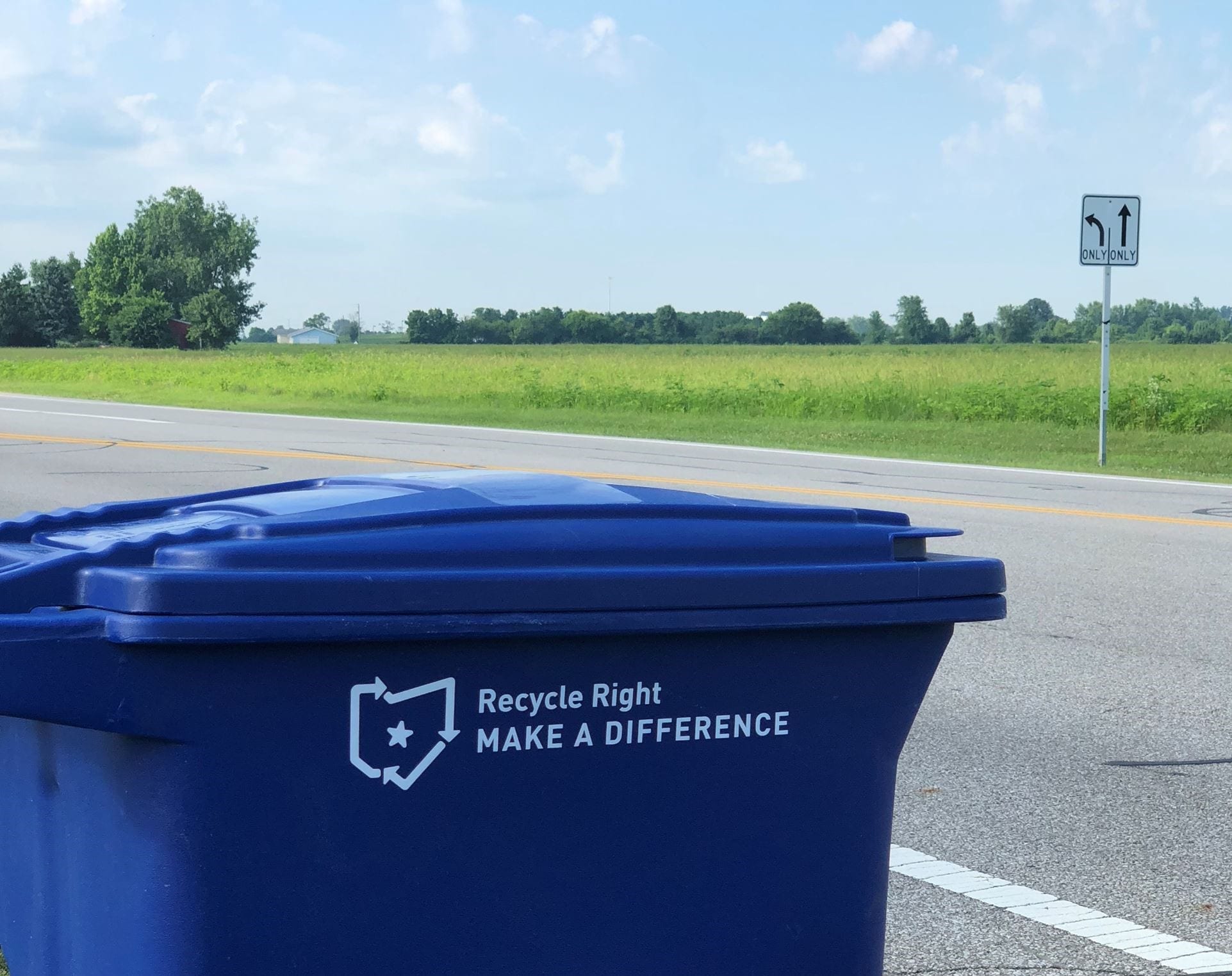The natural gas vehicle (NGV) industry and seasoned fleet users are quite familiar with the growth of renewable natural gas (RNG) in the transportation sector. This growth has been driven by a combination of the California Low Carbon Fuel Standard (LCFS) and the federal Renewable Fuel Standard (RFS). Working in combination, these policies have incentivized rapid growth in RNG use over the past several years. Now, market dynamics are beginning to move the needle in other parts of the country, including the Midwest.
Individual state LCFS’s and federal RFS drive lower carbon fuels into the transportation sector.
Individual state LCFS’s and federal RFS drive lower carbon fuels into the transportation sector. The LCFS works by setting specific and increasing targets to lower the carbon intensity (CI) of transportation fuels overall. Fuels with lower net CI generate credits while those with higher CI generate deficits. Petroleum importers, refiners and wholesalers are required to achieve lower CI targets over time either by blending in lower CI fuels or purchasing credits generated by producers of these fuels. The federal RFS creates categories of renewable fuels, then assigns production volume and blending targets. The higher categories of renewables generate higher market values. Like the LCFS, producers either blend in renewable fuels or purchase credits to meet obligations.
LCFS and RFS Generated High Market Value in California
Because RNG abates methane, a power greenhouse gas (GHG), and is inherently lower carbon than diesel, it generates high market value in both LCFS and RFS systems. For California and other states that can leverage both policies, this has driven rapid growth in RNG utilization in recent years. Ironically, up until recently, most of the volume used in California was produced out of state, including one notable Ohio landfill gas project in which clean RNG is injected into the Columbia Gas Ohio pipeline system. Of course, the actual molecules were not consumed in California, but obligated parties purchased the “green attributes” of the fuel based on its value. The Solid Waste Authority of Central Ohio (SWACO) manages the Franklin County landfill where the RNG is produced, in a public-private partnership with Aria Energy.
Outside of California, fleets in Ohio and other states interested in RNG have not been able to compete with the value from the RFS and LCFS combined. But this is changing.
Fleets in Ohio and other states interested in using RNG have had difficulty obtaining it. The federal RFS provided an incentive but the value leveraged by the RFS alone could not compete with the value from the RFS and LCFS combined. While producing little to no RNG itself, California drew upon volumes generated in Midwestern and other states.
RNG Markets Growing Outside of California
Now this is changing. California utility regulators have been pressured by the market to work with in-state producers to allow pipeline access for clean RNG produced in California. Production across the country has continued to increase. With California markets reaching saturation, RNG producers and RFS credit brokers are turning attention to the somewhat less lucrative but still attractive markets elsewhere, leveraged by the RFS alone.
For Ohio fleets unfamiliar with the RFS, this has been eye-opening. Initially, our leading compressed natural gas (CNG) fleet members were incredulous that they do not need to change anything they do operationally, or otherwise, to use RNG. They commit to purchasing CNG, adjusted to include RNG credits generated through the RFS, but literally nothing changes in fleet operations. They can choose how much market risk, if any, they want to assume for the credits. Most just want to continue using CNG while benefiting from the additional green attributes of RNG while allowing the RFS credit brokers to assume the risk.
RFS credit brokers are turning attention to attractive RNG markets outside of California, leveraged by the RFS alone.
Opening the Ohio market for RNG is beginning to lead to other productive conversations about the policies needed to provide more transparency and accountability related to the costs and rules Ohio producers must understand in order to gain access to utility pipelines. A few have gained access, but opaque utility procedures have kept others at bay. Now, stakeholders are beginning to talk about how this can change.
RFS is Powerful Tool Driving Decarbonization of Transportation Fuels
As we proceed through early stages of what we hope will be many RNG fleet projects in Ohio, I am reminded of a few things:
- The federal RFS is a powerful tool driving decarbonization of transportation fuels. It helps create so many winners. Increasingly, and despite opposition from some oil companies, it seems baked into the system. Still, we must remain vigilant and active in our advocacy.
- RNG is a critical tool for the long-term success of CNG, not only in California, but in the Midwest also. Ohio has large untapped sources of RNG that represent huge economic potential. The sustainability and economic benefits of RNG paired with the operational benefits and economic stability of CNG for fleets can be paired together to drive success for both.
- It helps to have, as we do, many seasoned fleet users of CNG as well as industry providers. But we still have plenty of work ahead of us to educate fleets, policy makers and others about these benefits, and to address the need for even more reliable and affordable clean vehicle technologies and refueling.


